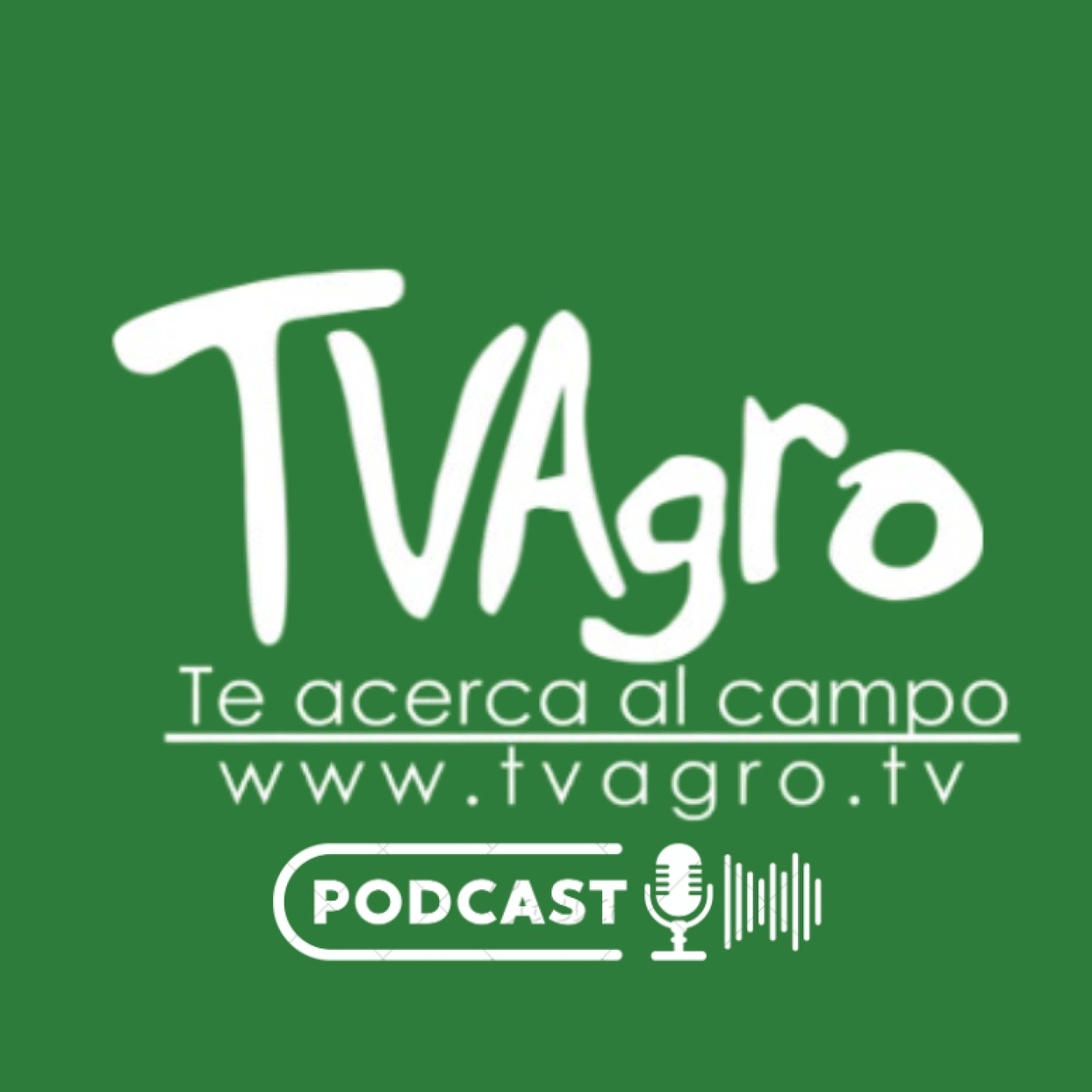
Twitter @juangangel Different cattle feeding production systems have separate advantages and disadvantages. Most cattle have a diet that is composed of at least some forage (grass, legumes, or silage). In fact, most beef cattle are raised on pasture from birth in the spring until autumn (7 to 9 months). Then for pasture-fed animals, grass is the forage that composes all or at least the great majority of their diet. Cattle fattened in feedlots are fed small amounts of hay supplemented with grain, soy and other ingredients in order to increase the energy density of the diet. The debate is whether cattle should be raised on diets primarily composed of pasture (grass) or a concentrated diet of grain, soy, corn and other supplements. The issue is often complicated by the political interests and confusion between labels such as "free range", "organic", or "natural". Cattle raised on a primarily forage diet are termed grass-fed or pasture-raised; for example meat or milk may be called grass-fed beef or pasture-raised dairy. However, the term "pasture-raised" can lead to confusion with the term "free range", which does not describe exactly what the animals eat. Grazing Animals grazing in rangelands, pastures, and grasslands and with little or no integration of crops involved. About 60% of the world's pasture land is covered by grazing systems. Grazing systems supply approximately 9 percent of the world's production of beef, according to Food and Agriculture Organization statistics. Integrated livestock-crop farming Animal productions are integrated with crop productions. Moreover, livestock such as cattle are primarily fed on pastures, crop residues, and fallows. An integrated farming system aims to achieve acceptable profits and high and sustained production levels. Mixed farming systems are the largest category of livestock system in the world. Industrial production Animals are fed in landless environments such as in stalls, pens, and feedlots in very high stocking densities. Intensive or industrial factory farming of animals originated in the United States in the late 1930s. This has resulted in an integrated model of production, where large corporations control most aspects of animal husbandry in the food industry, processing of animals into food products, and sales to the consumer market. Industrial productions systems differ from grazing systems and integrated livestock-crop farming systems by their inclusions of various substances such as veterinary drugs, growth hormones, feed additives, or nutraceuticals to improve livestock production effectiveness. In grass-fed or pasture-fed cattle, grass and other forage compose most or the majority of the grass-fed diet. The debate is whether cattle should be raised on diets primarily composed of pasture (grass) or a concentrated diet of grain, soy, and other supplements. The issue is often complicated by the political interests and confusion between labels such as "free range," "organic", or "natural." Cattle raised on a primarily forage diet are termed grass-fed or pasture-raised; meat or milk may be called grass-fed beef or pasture-raised dairy. However, the term "pasture-raised" can lead to confusion with the term "free range" which does not describe exactly what the animals eat. Another term is "grass-finished." Corn-fed Cattle called "corn-fed," "grain-fed", or "corn-finished" are typically fattened on maize, soy, and other types of feed for several months before slaughter. As a high-starch, high-energy food, corn decreases the time to fatten cattle and increases carcass yield. Some corn-fed cattle are fattened in concentrated animal feeding operations known as feed lots. In the United States, most grass-fed cattle are raised for beef production. Dairy cattle may be supplemented with grain to increase the efficiency of production and reduce the area needed to support the energy requirements of the herd. A growing number of health and environmental proponents in the United States such as the Union of Concerned Scientists advocate raising cattle on pasture and other forage. Complete adoption of farming practices like grass-fed beef production systems would increase the amount of forage land needed to raise cattle but reduce cropland used to feed them. Source https://en.wikipedia.org/wiki/Cattle_... Juan Gonzalo Angel www.tvagro.tv
No persons identified in this episode.
This episode hasn't been transcribed yet
Help us prioritize this episode for transcription by upvoting it.
Popular episodes get transcribed faster
Other recent transcribed episodes
Transcribed and ready to explore now
Trump $82 Million Bond Spree, Brazil Tariffs 'Too High,' More
16 Nov 2025
Bloomberg News Now
Ex-Fed Gov Resigned After Rules Violations, Trump Buys $82 Mil of Bonds, More
16 Nov 2025
Bloomberg News Now
THIS TRUMP INTERVIEW WAS INSANE!
16 Nov 2025
HasanAbi
Epstein Emails and Trump's Alleged Involvement
15 Nov 2025
Conspiracy Theories Exploring The Unseen
New Epstein Emails Directly Implicate Trump - H3 Show #211
15 Nov 2025
H3 Podcast
Trump Humiliates Himself on FOX as They Call Him Out
15 Nov 2025
IHIP News